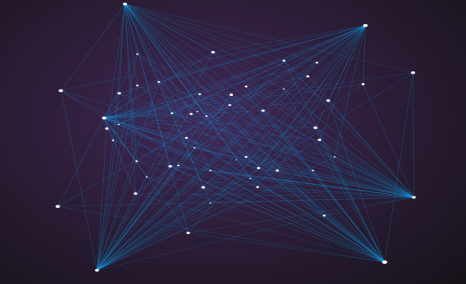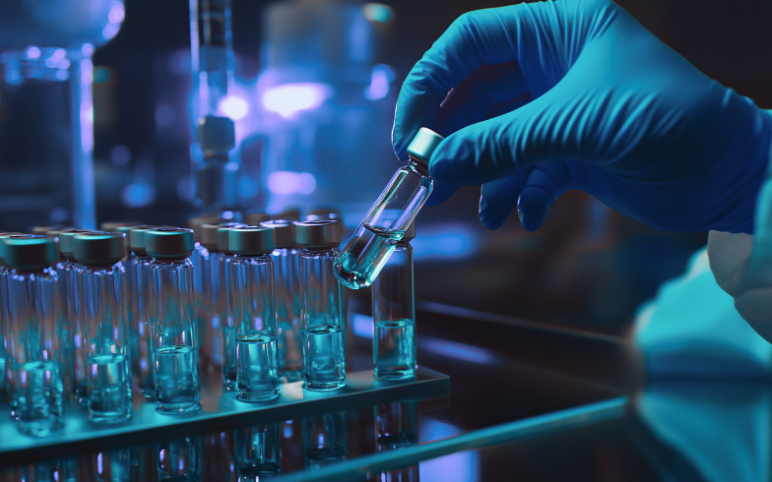Anemia is a serious cause of global health loss with over 80% of the total cases diagnosed in developing countries, according to several studies. Anemia is characterized by reduced quality of red blood cells, diminished hemoglobin levels and even altered morphology of red blood cells. The symptoms of the condition vary from weakness, fatigue, difficulty concentrating, or poor work productivity and are a result of impaired tissue oxygen delivery. There are many forms of anemia, each with its cause and specific treatment; however, Iron deficiency anemia (IDA) is the most common type of anemia, accounting for over 50% of the total Anemic cases worldwide. DelveInsight’s Iron deficiency anemia epidemiological analysis demonstrated that there were a total of 30,829,734 IDA prevalent cases in 2020 in the 7MM (the US, EU5 and Japan), which is further anticipated to increase by 2030.
The condition majorly affects people suffering from chronic conditions such as chronic heart failure, chronic kidney disease, inflammatory bowel disease. Besides, women in their stages of pregnancy or post-delivery are at a higher risk of developing IDA. According to some studies, the condition is correlated with an increased risk of preterm labor, low birth weight and increased chances of child and maternal mortality. Even with a huge health burden and high prevalence, Iron deficiency anemia remains under-diagnosed and under-treated.
DelveInsight estimates that the present Iron deficiency anemia therapy market is heavily reliant on off-label generics and over-the-counter drugs. The treatment is complex and depends upon the severity of the condition, with an ultimate goal to increase the amount of iron in the patient. The treatment approaches include administration of iron supplements (oral, intravenous), adding iron in diet plans in mild to moderate cases; however, in severe cases, patients go for iron therapy or blood transfusion. Currently, the IDA treatment market mainly offers oral iron therapy, parenteral iron therapy (intravenous (IV) therapies), blood transfusions, surgery, erythropoiesis-stimulating agents (ESA) (in case of CKD patients), and other available treatment options.



